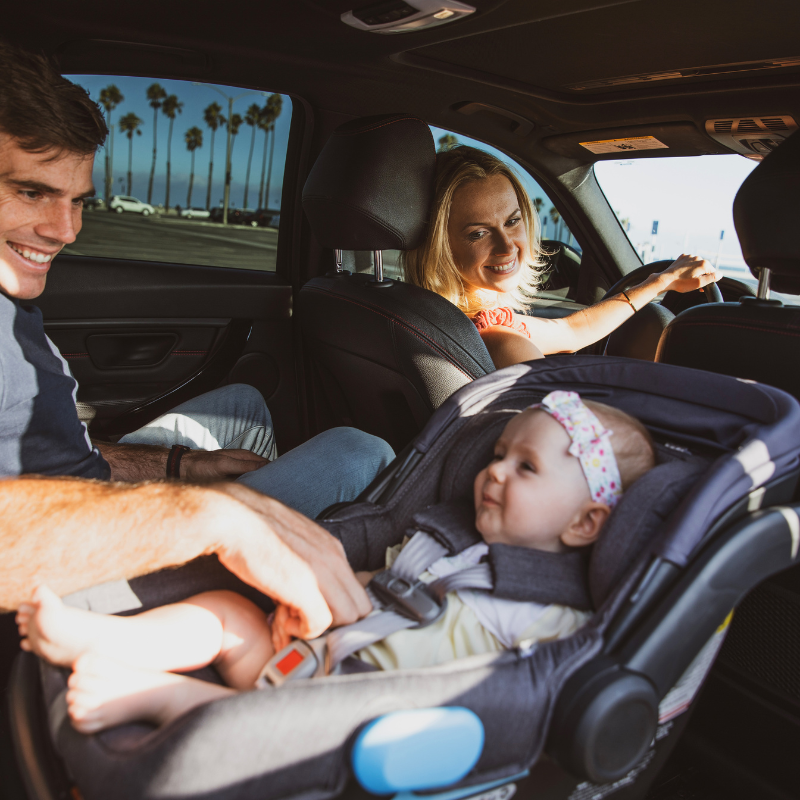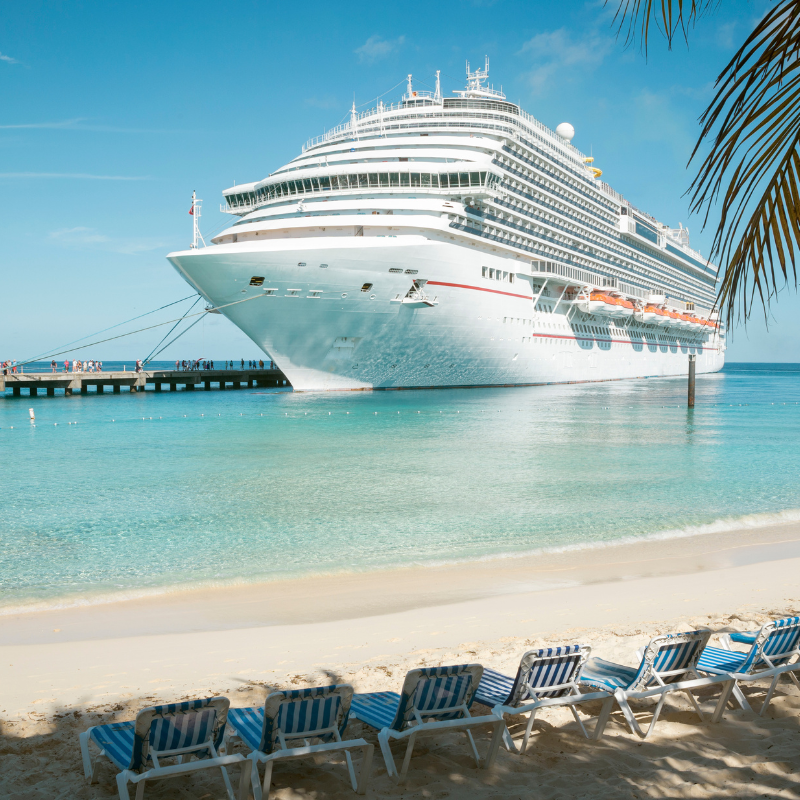If you’re planning to hit the road with your little one, it’s important to understand the safety regulations and guidelines for car travel. In this article, we’ll discuss when a baby can safely travel by car and offer tips on how to make the journey safe and comfortable for everyone involved. We’ll also provide information on necessary car seat features and installation requirements so that you can be sure your baby is safely secured in their seat. Read on to learn more about when a baby can travel by car!
The Baby’s Age
The American Academy of Pediatrics (AAP) recommends that infants under 2 years old should ride in a rear-facing car seat. This means that, in general, babies can travel by car as soon as they are born.
Tips for Traveling With a Baby by Car
There are a few things to keep in mind when traveling with an infant:
• Make sure the car seat is installed correctly before putting your baby in it. The AAP recommends using the LATCH system (Lower Anchors and Tethers for Children) or a seat belt to secure the car seat.
• Do not put pillows, blankets, or other soft items around your baby or in the car seat. These can block your baby’s airway if they shift during travel.
• Make sure to buckle your baby in correctly, following the instructions on the car seat label. The harness should be snug against their body, and the chest clip should be level with their armpits.
In addition to following the AAP guidelines, there are a few extra things you can do to make traveling with a baby more comfortable and safe:
• Breastfeed or give your baby a bottle before getting in the car. This can help them fall asleep or stay calm during the drive.
• Bring along snacks and drinks for yourself and your co-driver. It’s important to stay hydrated and fed on long car trips, especially if you’re breastfeeding.
• Pack a diaper bag with everything you’ll need for changes and feedings while on the road. Include extra clothes, diapers, wipes, a changing pad, burp cloths, etc.
• Plan for rest stops every 2-3 hours so that everyone can stretch their legs and use the restroom. If possible, let your baby crawl around or nap in their car seat during these stops.
• Keep toys and books within reach to entertain your baby during the drive. Look for age-appropriate toys that won’t present a choking hazard if dropped.
Parking Safely: When stopping for a rest or to stretch your legs, it is important to park in a safe location. Look for a spot that is well-lit and away from traffic. If possible, park next to other people and not in a secluded area.
How Long Should a Newborn be in the Car For?
There is no set answer to this question, as it depends on the individual baby and their age. Generally speaking. However, new babies should not be in a car for more than an hour at a time. This is particularly important when traveling in hot weather climates or during rush hour traffic.
Newborns are especially vulnerable to heat exhaustion and can easily become dehydrated if they are in a car for too long a period of time. They also have low immunity levels and need plenty of fluids to stay healthy. In addition, newborns cannot regulate their own body temperature well and will often get very cold in cold environments.
Traveling Long Distance with Newborns
Most babies can travel longer distances by car starting as early as four to six months old, but it’s always best to consult with your doctor first. It’s important to note that the younger your baby is when you start traveling, the safer he or she will be.
One thing to keep in mind when traveling with a newborn is to ensure that they’re well-rested and diaper-free (if possible). You’ll also want to pack a few items specifically for a baby, like a hat, blanket, and pacifier. And, of course, make sure you have plenty of fresh water and diapers on hand!
Shopping for Travel Car Seats
The most important thing to consider when shopping for travel car seats is safety. Look for a five-point harness seat that has been certified by the National Highway Traffic Safety Administration (NHTSA).
It’s also important to make sure the seat fits your child properly. The best way to do this is to bring your child with you when you go car seat shopping so they can try out different models. You’ll want to pay attention to things like comfort, ease of use, and compatibility with your vehicle.
Conclusion
We’ve covered the ins and outs of traveling with a baby by car. There are many things to think about – but if you are well prepared, you will have a safe and memorable travel journey!
About the author

James Grasty is a father of two (Maximilian 2, and Lillian 4) and an avid user and purchaser of new and used baby gear. After trying out a lot of gear for his kids, he grew tired of either not finding the product he wanted, them being low quality and cheap, or super expensive. Being an entrepreneur he decided to start his own brand of baby and kids gear aimed at helping parents like himself solve their problems and make parenting a bit easier in the process because we all know how hard it already is.




Leave a comment
This site is protected by hCaptcha and the hCaptcha Privacy Policy and Terms of Service apply.